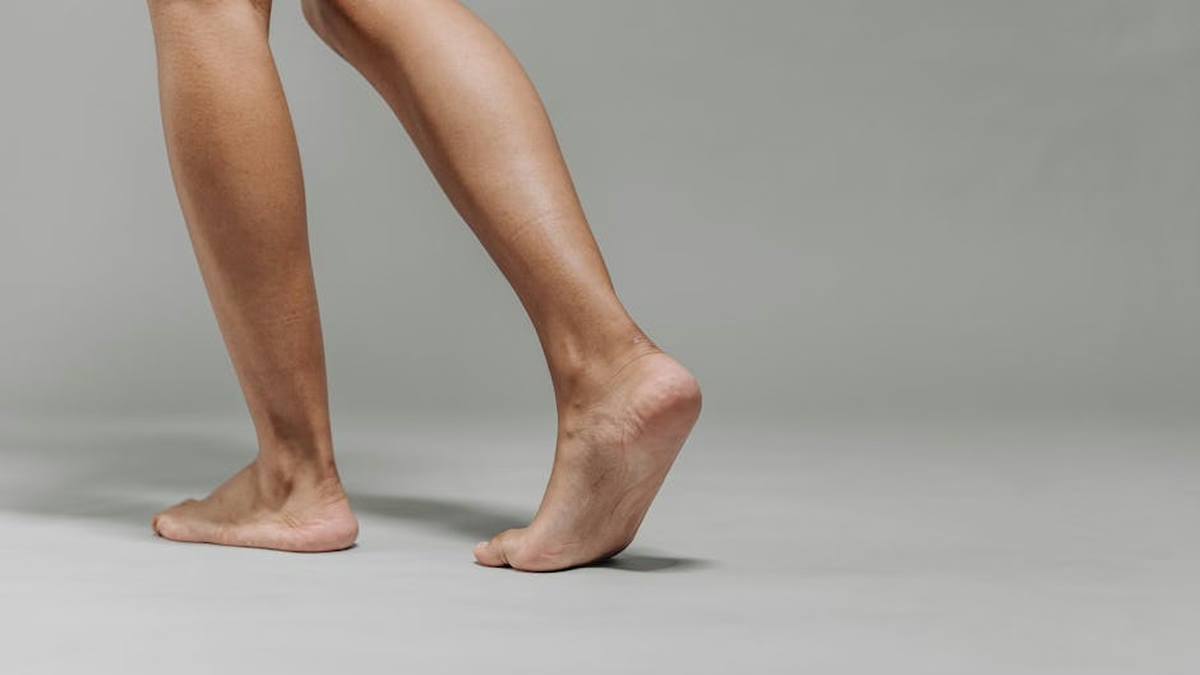Picture this: you’re pushing yourself to the limit, day after day, chasing that next personal best. You’re dedicated, driven, and determined. But somewhere along the line, you start feeling sluggish, your performance plateaus, and you’re more prone to nagging aches and pains. Sound familiar? It’s a common trap many of us fall into, believing that more is always better. But what if I told you that the secret to unlocking even faster progress lies not in relentless exertion, but in embracing the power of rest?
The Science Behind Rest and Recovery
Rest days aren’t about being lazy; they’re about being strategic. They’re a vital part of the fitness equation, allowing your body to repair and rebuild after the stress of exercise. When you work out, you’re essentially creating micro-tears in your muscle fibers. It’s during rest periods that your body repairs these tears, making your muscles stronger and more resilient than before. This process is called muscle protein synthesis, and it’s the foundation of muscle growth.
Furthermore, intense exercise depletes your glycogen stores – your body’s primary source of energy. Rest allows your body to replenish these stores, ensuring you have the fuel you need for your next workout. Ignoring rest can lead to glycogen depletion, resulting in fatigue, decreased performance, and an increased risk of injury.
The Hormonal Advantage
Rest also plays a crucial role in regulating your hormones. Exercise can temporarily increase stress hormones like cortisol. Chronic stress and overtraining can lead to elevated cortisol levels, which can hinder muscle growth, promote fat storage, and suppress your immune system. Adequate rest helps to lower cortisol levels and allows your body to produce hormones like testosterone and growth hormone, which are essential for muscle growth and recovery.
The Pitfalls of Overtraining
Overtraining is a real threat, and it can undo all your hard work. Symptoms of overtraining include:
Also Read: Morning vs Evening Workout — Which Is Better for Fat Loss?
- Persistent fatigue
- Decreased performance
- Increased risk of injury
- Mood swings and irritability
- Sleep disturbances
- Loss of appetite
- Suppressed immune system
If you’re experiencing any of these symptoms, it’s a sign that you need to prioritize rest and recovery. Ignoring these warning signs can lead to long-term health problems and setbacks in your fitness journey.
How to Plan Your Rest Days Effectively
Rest isn’t just about doing nothing. It’s about actively supporting your body’s recovery process. Here are some tips for planning your rest days:
Active Recovery vs. Complete Rest
Active recovery involves light activities like walking, stretching, or yoga. These activities can help improve blood flow, reduce muscle soreness, and promote recovery. Complete rest, on the other hand, involves complete cessation of exercise. Both types of rest are important, and the best approach depends on your individual needs and the intensity of your workouts.
Listen to Your Body
Pay attention to your body’s signals. If you’re feeling excessively tired or sore, take an extra rest day. Don’t be afraid to adjust your training schedule based on how you’re feeling. Your body is the best guide.
Prioritize Sleep
Sleep is arguably the most important aspect of recovery. Aim for 7-9 hours of quality sleep per night. Sleep allows your body to repair tissues, replenish energy stores, and regulate hormones.
Nutrition for Recovery
Fuel your body with nutrient-rich foods. Focus on protein to support muscle repair, carbohydrates to replenish glycogen stores, and healthy fats to support hormone production. Stay hydrated by drinking plenty of water.
Stress Management
Stress can negatively impact your recovery. Practice stress-reducing techniques like meditation, deep breathing, or spending time in nature. Find healthy ways to manage stress and promote relaxation.
Rest is Not the Enemy: It’s Your Ally
Many people view rest days as a sign of weakness or a missed opportunity to make progress. But the truth is, rest days are essential for maximizing your results and preventing burnout. By embracing rest and recovery, you’ll be able to train harder, recover faster, and ultimately achieve your fitness goals more effectively. Remember, getting fitter faster isn’t about pushing yourself to the brink every single day; it’s about strategically balancing exertion with rest. It’s about listening to your body, respecting its needs, and allowing it to do what it does best: adapt, rebuild, and become stronger. So, take that rest day, guilt-free, knowing that you’re investing in your long-term fitness success. You deserve it!









1 thought on “How Rest Days Actually Help You Get Fitter Faster”
Comments are closed.